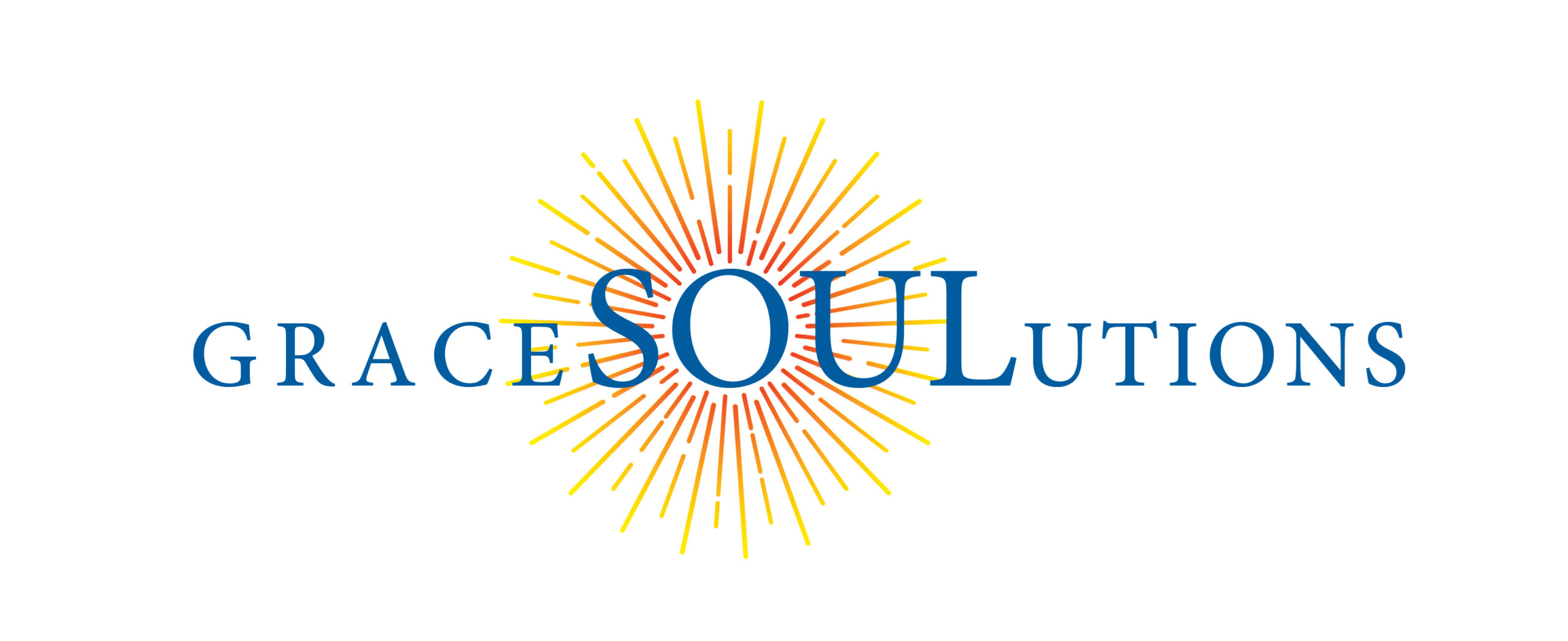Hi there, this is Grace, and welcome to Sensitive Communication Tips.
So in the previous video, I went through the acronym COMMUNICATES. So all the necessary components in the word communicates what each of those letters represent in the word communicates all the components that is necessary to have an effortless and effective communication. So be sure to check that out.
All right, now we’re going to do a Deep Dive on the four communication styles. And again, the four communication styles are auditory, visual, kinesthetic, and auditory digital. So my question to you is, do you know your communication style?
So I’m going to just choose one. So for example, let’s say you are an auditory communicator. And so you might use words such as hear, listen, or the phrase “I hear you, I’m listening to what you’re saying.” Now, if you’re speaking to another auditory person– communicator– you’re going to use the same words, so there’s not going to be any feeling of disconnect. However, what if you are speaking to a visual or a kinesthetic or auditory digital communicator? Now you’re going to maybe feel there’s some disconnect, because you are not using the words that an visual, kinesthetic, or auditory digital communicator might use.
So I like to use this analogy: Here in America, we all speak English. So it’s kind of like we’re all say, auditory communicators in this case, because we’re all using the same words, the same language, no problem. Now, let’s say you go to visit a foreign country, say Spain, France, Germany, wherever it may be. Now they speak a different language. So think of say, the Spanish are the visuals. The French are the kinesthetic, and the Germans are the auditory digital. So if you were going to visit those countries, it would be easier for you to get around, if you spoke of some of the language of those native speakers. So if you’re going to visit Spain, it will be easier for you to get around if you spoke Spanish. If you went to visit France, it’ll be easier for you to get around if you spoke French. And if you visit Germany, it might be easier for you to get around if you spoke German. Now, of course, they might all speak English, however, you might have more of a connection. And it might be a little bit easier for you to get around if you happen to know the country’s native language.
And is the same way with the visuals and the kinesthetic and the auditory digital. If you use the words of what the visual would use– So let’s say, you know, if you use the visuals, vocabulary, such as “Oh, I imagine that this is what you’re speaking about,”or “I can see your point of view,” then you’re going to have more of a connection there rather than a disconnect. And likewise, with the kinesthetic you know, you might, even you as an auditory communicator tend to use words like hear and listen. But if you’re speaking to someone who is more of a kinesthetic communicator, then you might want to change your words to “oh, I sense that this is what you’re telling me” or “I feel like this is what all you’re trying to get at.” And then with the auditory digital, you might use words such as “I think you’re correct on this,” or “let’s analyze the data then.” So by using the words or the phrases of the other communicators that you’re talking to, now you’re going to create more of a connection, rather than a disconnect. And it’s also important, likewise, the people that you communicate with, if they happen to know your communication style, so that way they are using the words that you tend to use. So again, we’re trying to create more of a connection, rather than having that disconnection.
So knowing your communication style, and the people that you’re speaking with, their communication style, is going to help to create more of that effective and effortless communication in your personal communication.
So I hope you found the four communication styles to be helpful and how you can figure out your communication styles as well as the person you’re communicating with, so you have more of that connection. And if you would like to know more about how you can have that effortless and effective communication, then please visit my website GraceSOULutions.com that’s GraceSOULutions.com to see how you can book a free communication breakthrough session with me.
Thank you for being here. Take care. Bye for now!
